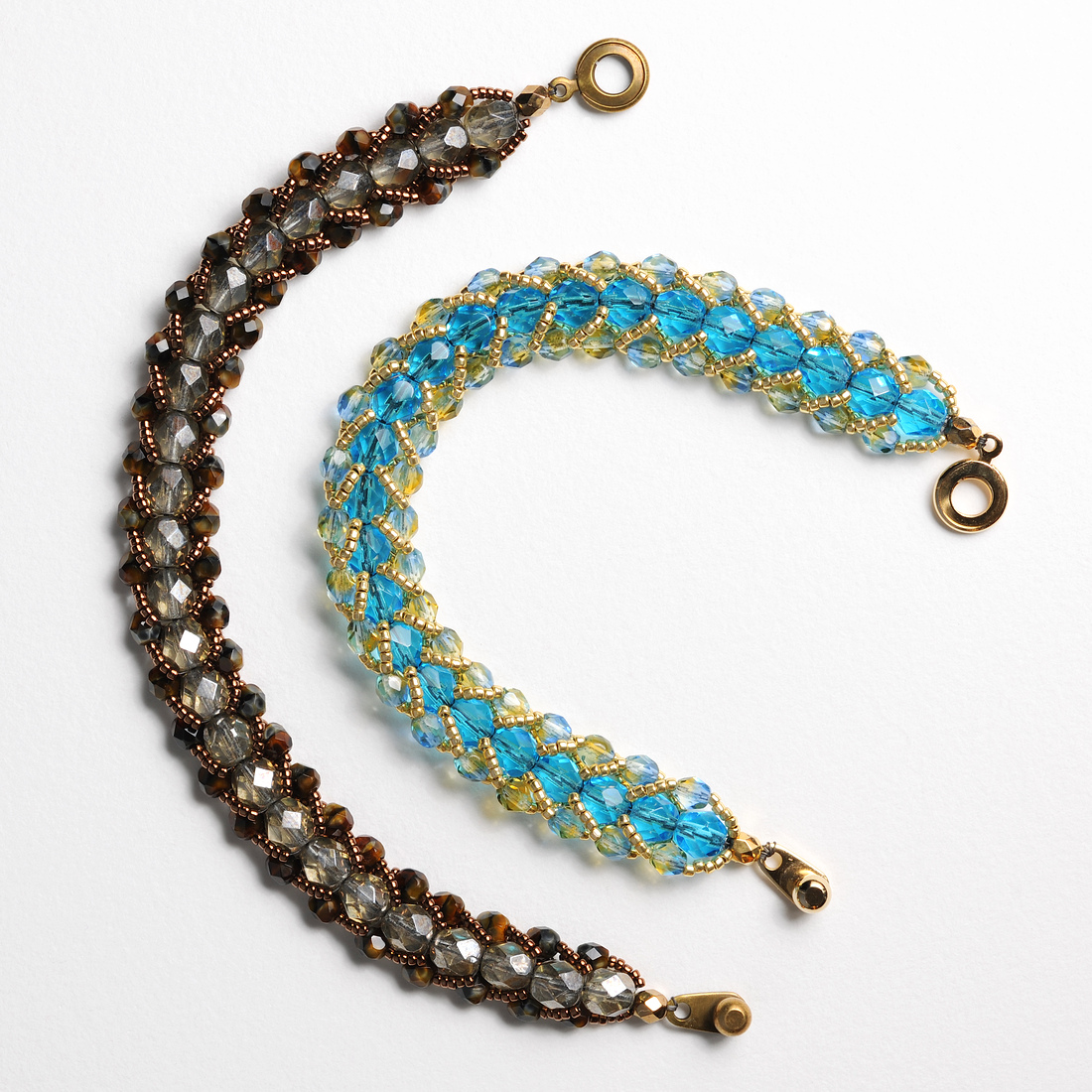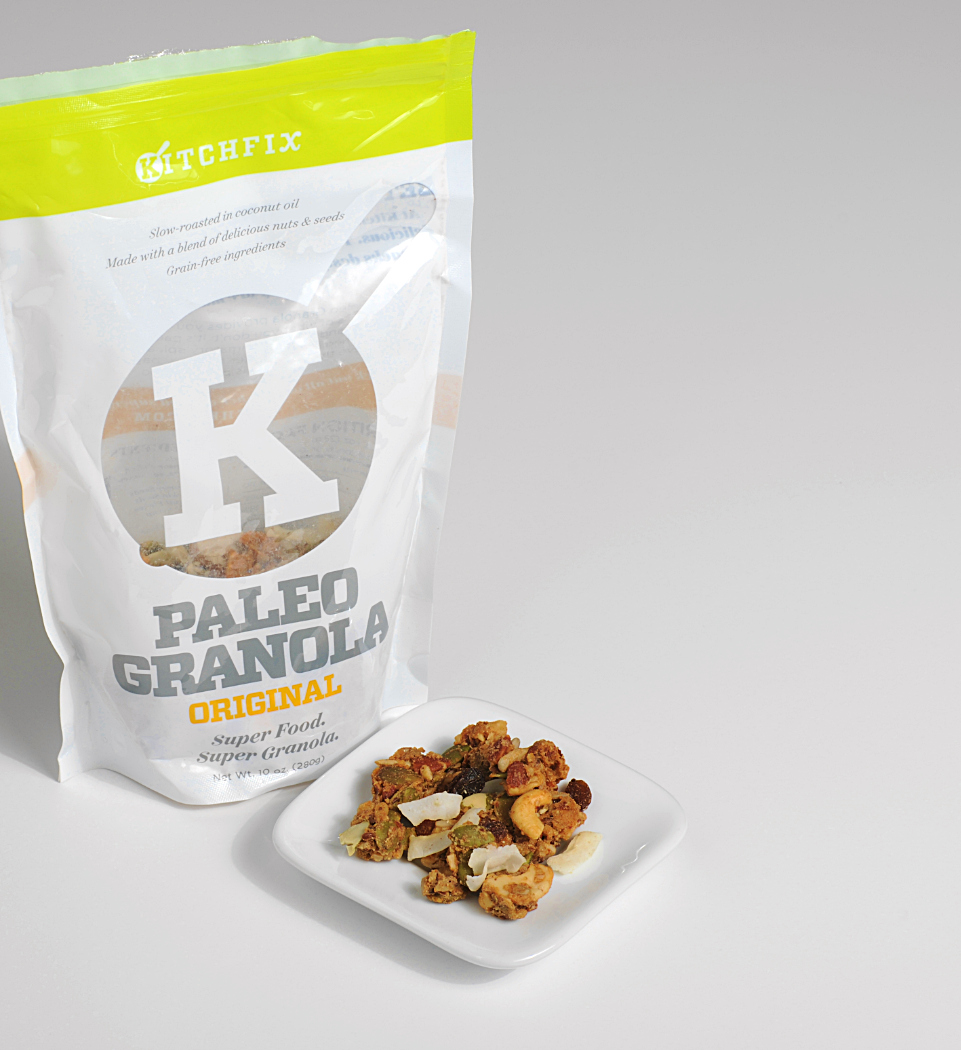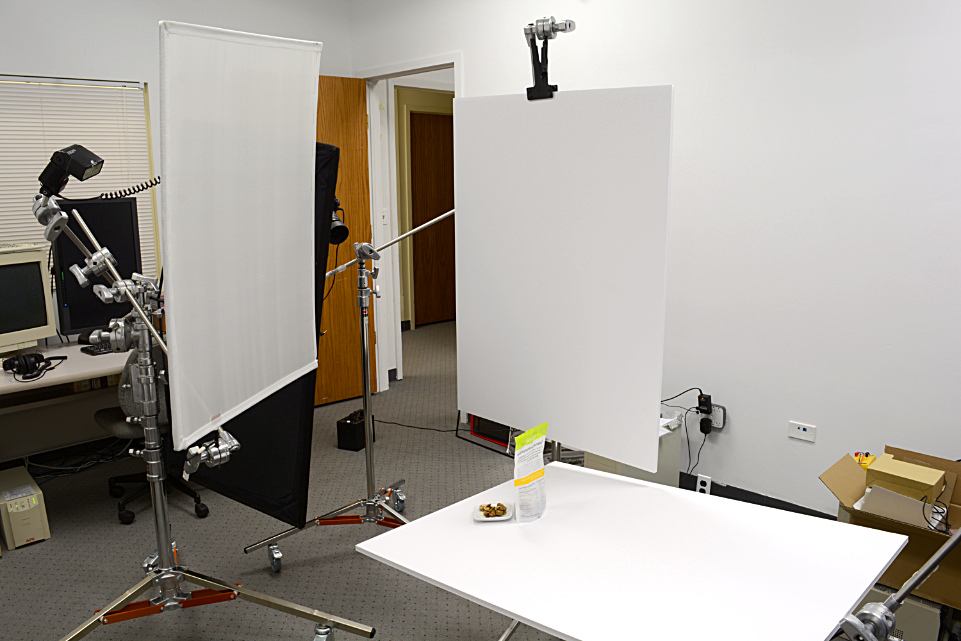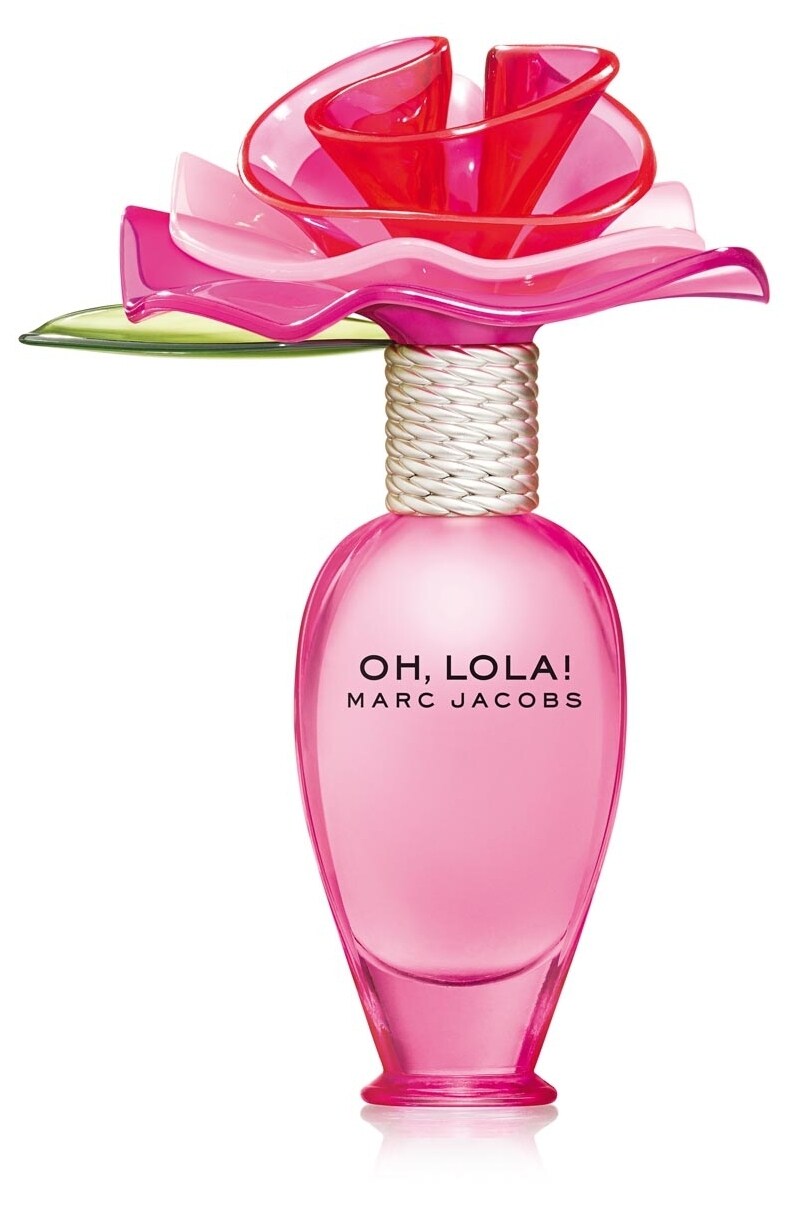Adrien_mrsd
New member
Hi all,
I'm very new to studio photography (my thing is icy / cold landscape photography ).
).
I shot a few packshots for a cosmetic brand I'm working with, easy ones with continuous and soft lighting, but this client is now asking me to shot other products with a much harder light, and minimalistic shadows, like these few examples :

I read a lot on the internet and the forum about strobes and speedlights recently, but this shooting was unexpected and should take place in a few days, and I'm having difficulties figuring out which simple light setup would do the trick.
Here is the kind of products (oral complements) I will shoot :

The point is to get some nice reflections of the juices. + I will also shoot their box.
I understand I will need a quite strong yet small light source (so I guess I can exclude these led panels that we can find on Amazon, from Neewer, for instance), not diffused, not too close to the product to get these precise shadows. I was investigating on powerful continuous light (those very powerful led lights) but I can't find much information about them.
Was thinking about buying one AD200 pro that seems to be a no brainer (will be also useful for my outdoor use), but I'm not sure about which modifier to use (if any)...
What do you think about that choice ? Which set up / modifier would you recommend ? Is a one light set up conceivable for such a result ?
Sorry for those newbie questions... I wanted to go seriously into packshot photography and was ready to take as much time as needed but then this last minute request arrived (I told the client I could not guarantee anything on this ).
).
Thank you so much for your help !!
Adrien
I'm very new to studio photography (my thing is icy / cold landscape photography
I shot a few packshots for a cosmetic brand I'm working with, easy ones with continuous and soft lighting, but this client is now asking me to shot other products with a much harder light, and minimalistic shadows, like these few examples :

I read a lot on the internet and the forum about strobes and speedlights recently, but this shooting was unexpected and should take place in a few days, and I'm having difficulties figuring out which simple light setup would do the trick.
Here is the kind of products (oral complements) I will shoot :

The point is to get some nice reflections of the juices. + I will also shoot their box.
I understand I will need a quite strong yet small light source (so I guess I can exclude these led panels that we can find on Amazon, from Neewer, for instance), not diffused, not too close to the product to get these precise shadows. I was investigating on powerful continuous light (those very powerful led lights) but I can't find much information about them.
Was thinking about buying one AD200 pro that seems to be a no brainer (will be also useful for my outdoor use), but I'm not sure about which modifier to use (if any)...
What do you think about that choice ? Which set up / modifier would you recommend ? Is a one light set up conceivable for such a result ?
Sorry for those newbie questions... I wanted to go seriously into packshot photography and was ready to take as much time as needed but then this last minute request arrived (I told the client I could not guarantee anything on this
Thank you so much for your help !!
Adrien




